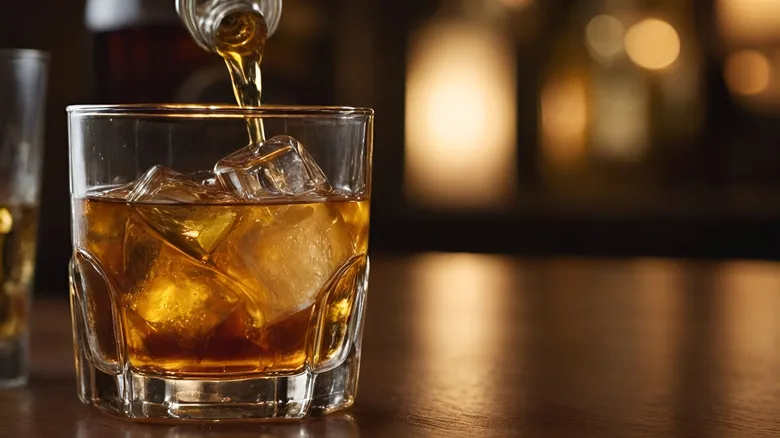Avoid both warm and cold whiskey for the most enjoyable flavor
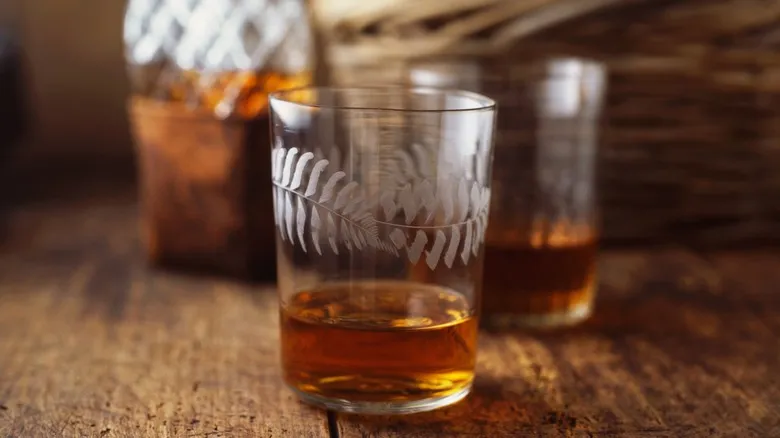
Although cold temperatures may not provide the best drinking experience, Adam Edwards notes that warming whiskey to the 70s or 80s can reveal flavors that are typically subdued. Specifically, the intensity of the alcohol becomes more pronounced, creating a stronger sensation on the palate as the whiskey warms. "Have you ever wondered why no one craves neat whiskey to satisfy their thirst in the heat? This is the reason," Edwards explains.
Conversely, those seeking a smoother taste without the sharpness might consider chilling their whiskey. Ultimately, it comes down to personal preference. However, to maintain the whiskey's rich, full flavor while achieving a more enjoyable sip, adding a few drops of water or a single large ice cube can enhance the experience without compromising the taste.
As any whiskey enthusiast knows, the variety of whiskeys is extensive and intricate, with no two bottles or brands being identical. While this temperature guideline is generally applicable, Edwards cautions that "lighter (i.e., lower proof) whiskeys can tolerate a wider temperature range than barrel-proof varieties," allowing for a bit more flexibility in how you enjoy your drink.
Recommended

What Was Queen Elizabeth's Cocktail Of Choice?
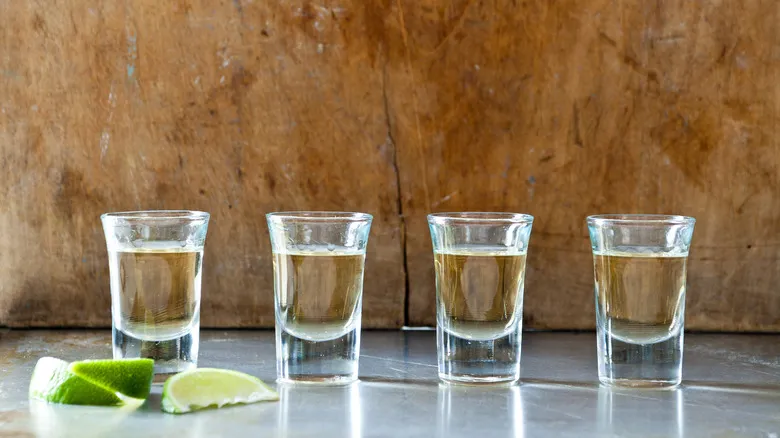
What Is Tequila Made From, Anyway?
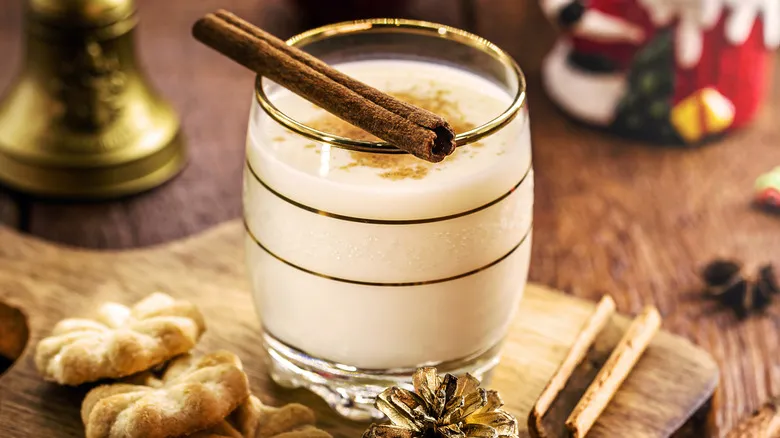
The Creamy Holiday Cocktail That's Perfect For People Who Hate Eggnog
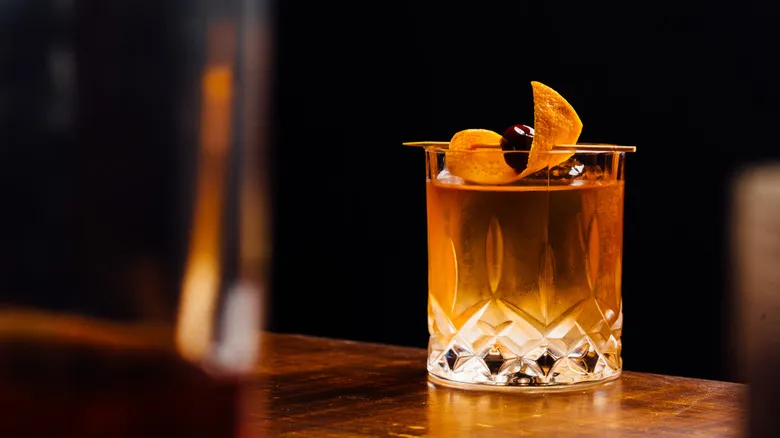
The Mistake Too Many People Make When Crafting An Old Fashioned
Next up

